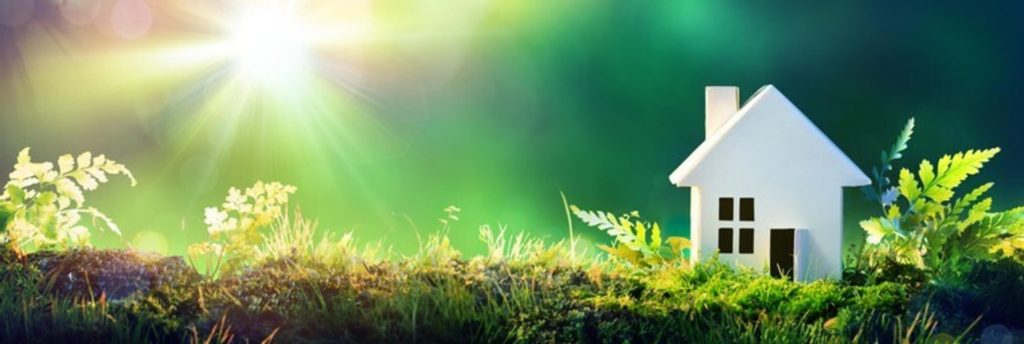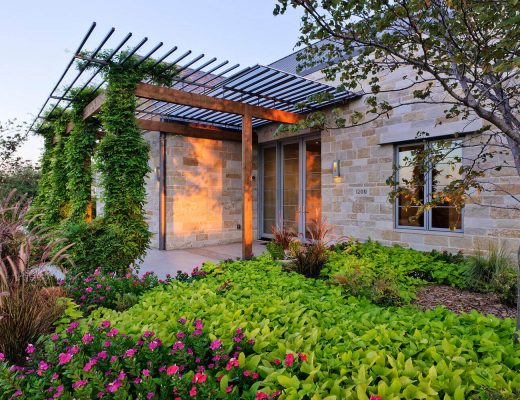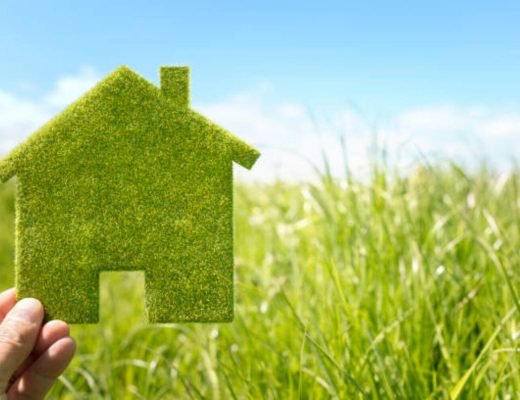Everyone knows that a house without siding might as well not be a house at all. Siding protects your home from harsh weather conditions, and it can be painted to match any style. But with dozens of exteriors to choose from, deciding on one can be perplexing. And what if you want a cladding that doesn’t negatively harm the environment? That still brings you a good number of options. Relax, though. This blog post will help you decide on the best material for your home. Without further delay, here are the five most eco-friendly siding in existence.
1. Engineered Wood Siding
What’s a better way to start this list than a material as organic and natural as wood? If you’re looking for an economical siding material, engineered wood is the way to go. See, the problem with traditional wood is that it needs a lot of chemical treatments to last longer. This somewhat breaks the concept of being environment-friendly.
On the other hand, engineered wood contains up to 95% recycled cellulose materials combined with high-performance glues and resins under extreme heat to create a long-lasting surface. These types of resins bring out the best properties in each piece of reclaimed wood to make it weatherproof, rot-free, insect-resistant, and durable under extreme temperatures. All in all, engineered wood siding is an eco-conscious option that won’t disappoint you.
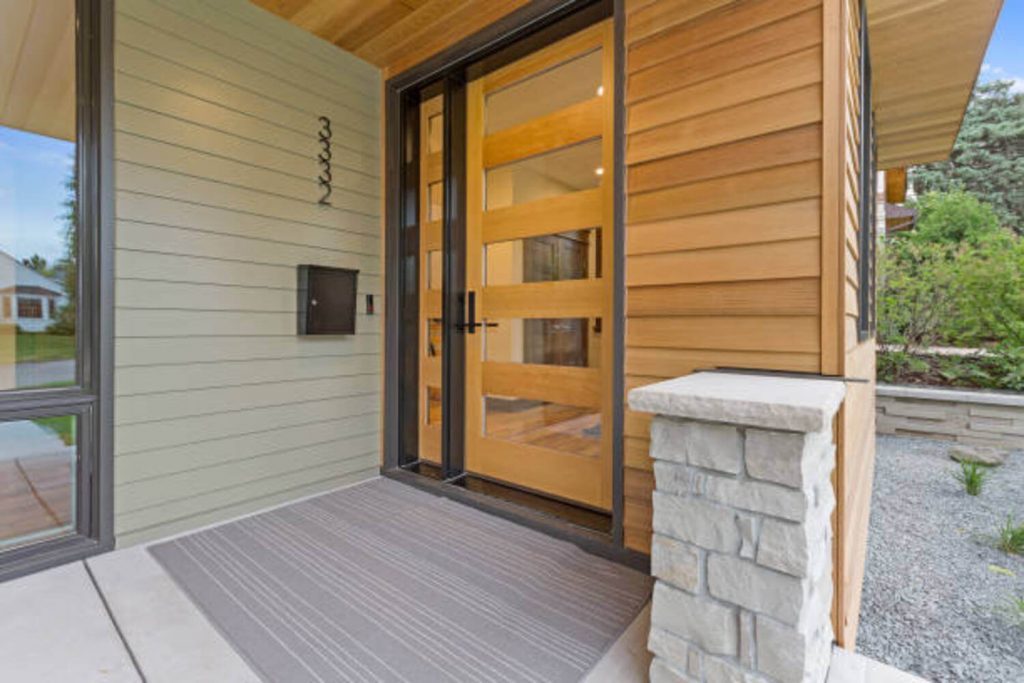
2. Fiber Cement Siding
Although it hasn’t been around longer than other siding materials, fiber cement has clawed its way to the top as one of the most popular siding options due to its resistance and affordability.
Fiber cement is made from a combination of wood pulp, Portland cement, and sand which are mixed with water. Judging from the ingredients, there’s no reason to doubt its eco-friendliness. Once dried, this material becomes rock-hard in strength, protecting your home against extreme temperature changes, wind damage, rain erosion, and fire damage.
On top of that, the material comes in different shapes and colors too. This allows it to adapt to any architectural concept or modern design you might be aiming for. However, one thing to consider is hiring professionals to do the installation since fiber cement can be a bit heavy to handle and transport.
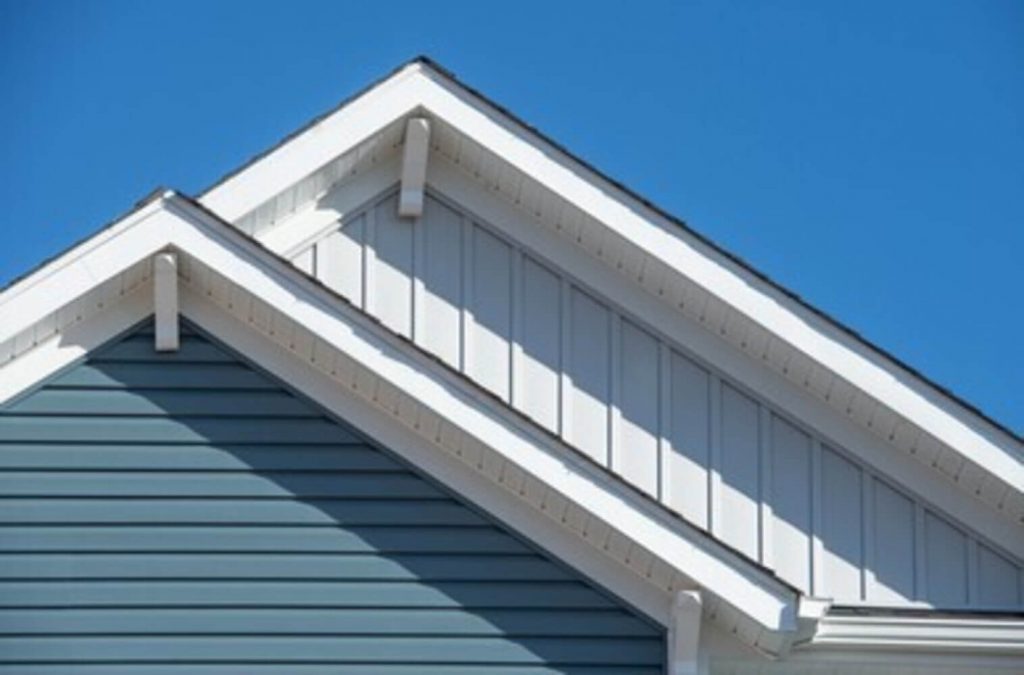
3. Brick and Stone
Contrary to fiber cement, brick and stone have been around since ancient times. Coming from natural sources, these materials have proven time and time again that they don’t contribute any harm to the environment.
One thing that attracts people to brick and stone is the fact that they can be customized. You are not limited to a handful of colors or textures. There is almost an infinite number of variations, which means you’ll find the right aesthetics for your house.
And they perform as well as they look too. Some people are concerned these materials don’t provide enough protection from the elements. They think that moisture would seep into the house through cracks in the brick or stone, leading to rotting wood inside their homes. But this is not the case. Houses built with stone or brick veneers have their mortars holding them together for almost hundreds of years already. That’s why you see many historic homes built out of such materials.
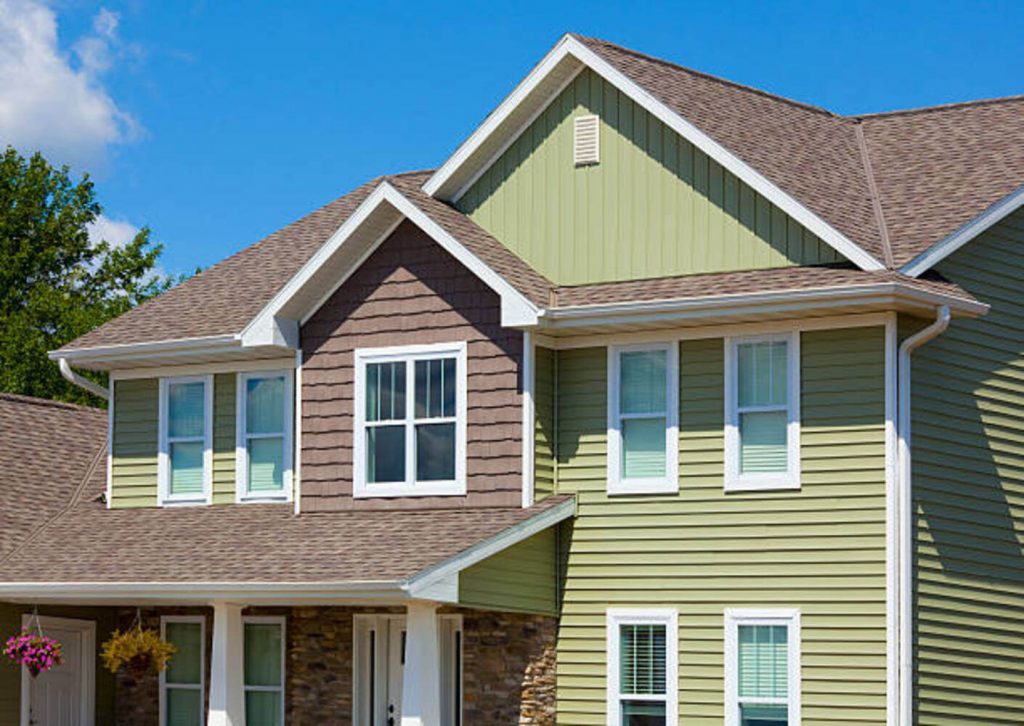
4. Stucco Siding
Stucco isn’t something you hear every day, but it’s something worth a try. First off, how eco-friendly is it? Well, it relies on Earth materials for its structure, consisting mainly of sand, lime, water, and cement. Nothing’s more natural than that.
And because stucco uses raw elements instead of manufactured plastics, it has a low carbon footprint compared to other siding products. Not only does this reduce energy consumption, it also lessens the amount of harmful byproducts that are spewed into the environment.
On a side note, stucco might be a bit heavy on the budget. That’s because it needs the expertise to install, so you’ll have to hire professionals. Plus, it needs to be applied in 2-3 layers. But if you live in a hot climate, its good insulation capabilities won’t disappoint you.

5. Metal Siding
Last entry on the list but definitely not something you should ignore, metal siding tops all other when it comes to durability. This material has been around as far as records can tell, and for good reason – it works. Metal is known for its authoritative look and timeless finish. On top of its strength, most types of metal are recyclable, which makes them more eco-friendly than vinyl or other siding products.
You’ve got plenty of variants to choose from. It can come in aluminum, steel, or copper, with each having its own benefits. Aluminum has a unique appearance when combined with other metals and blends easily into any structure. Steel is low maintenance and basically built to last forever. Copper is stunning in every way possible.
Just make sure you ask the right questions to your contractor before deciding on which type of metal you want to go with. Each has its own disadvantages that you must consider before installing it on your property.
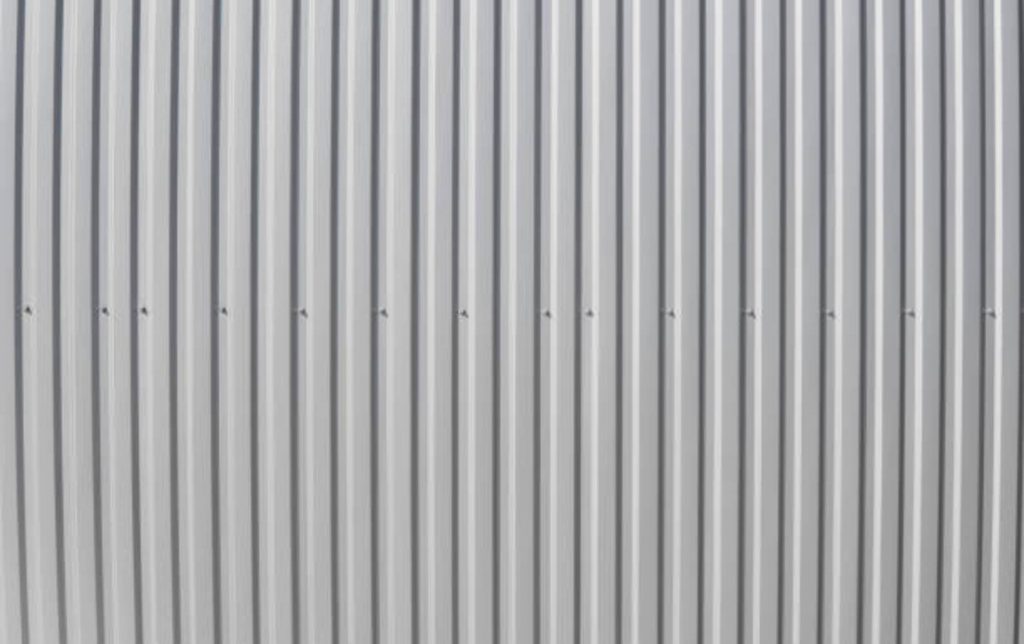
Additional Word of Advice
Many homeowners think they can save more money by performing DIY upgrades to their houses. While this is true for small projects, siding installation isn’t a small task, to begin with. Unless you have sufficient experience, don’t hesitate to entrust the job to professionals. Always better to spend the extra than regret paying for repairs later on because of problematic workmanship.

